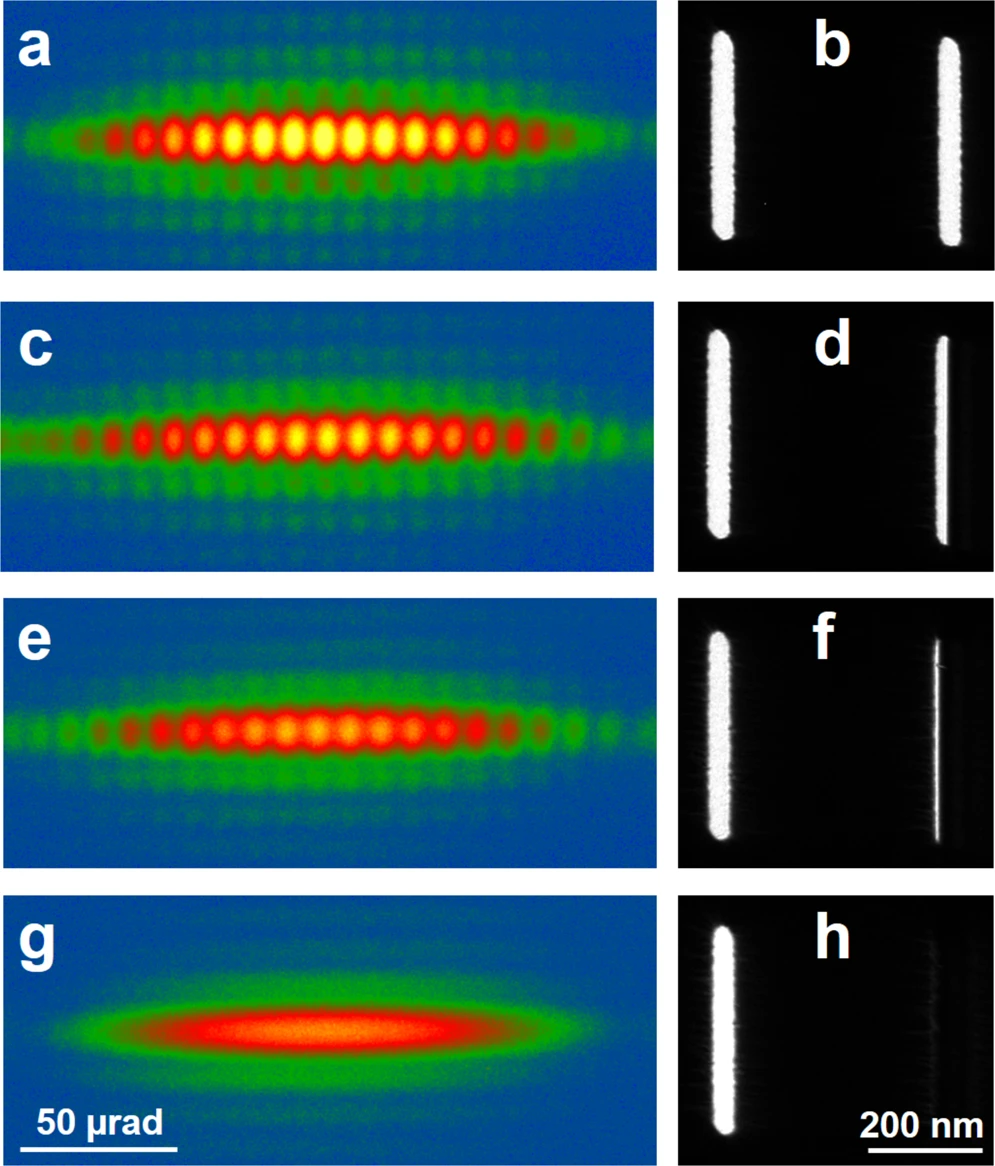- #1
elou
- 74
- 3
- TL;DR Summary
- I have discovered an article that expresses much better than I did in a previous thread that interference fringes disappear without being replaced by single slit interference
https://www.nature.com/articles/s41598-019-43323-2. Please note Figure 4 p.4 of the article, and the following description:
"
In Fig. 4(h), the right slit is completely blocked, the interference fringes have disappeared completely and only the diffraction image of the open left slit remains." (p.4).
As in a previous thread, the question why a single slit interference pattern does not appear, remains unanswered.
"
In Fig. 4(h), the right slit is completely blocked, the interference fringes have disappeared completely and only the diffraction image of the open left slit remains." (p.4).
As in a previous thread, the question why a single slit interference pattern does not appear, remains unanswered.
